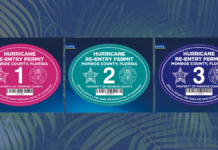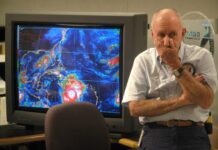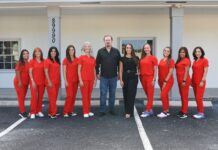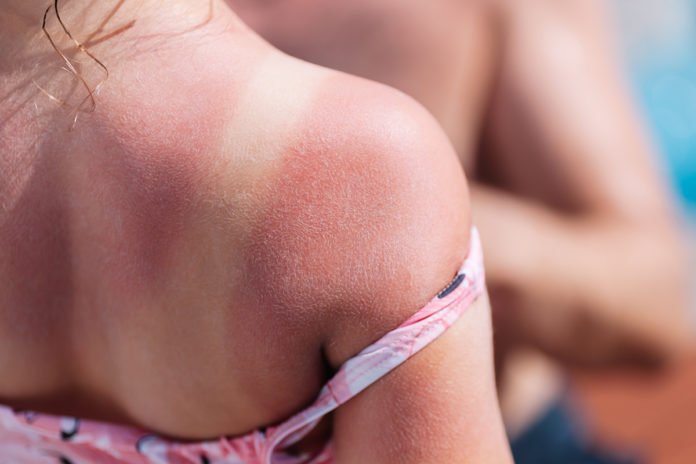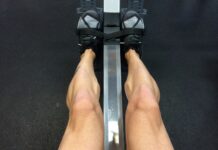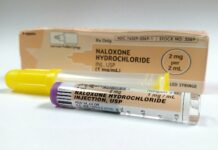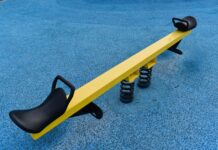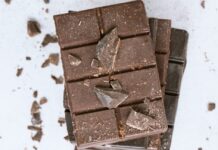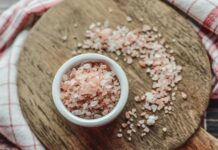As the 4th of July fades into the long days of summer, it’s appropriate that July is the UV Safety Awareness Month. Like most things in life, there are really two sides to UV. I thought this might be a good time to look at the risks AND benefits of getting a little sunshine. In full disclosure, I am not a dermatologist, if you have some skin issues or lesions that concern you, go see your dermatologist or primary care provider.
Sunshine is full of warmth here in the Keys, but it also is full of ultraviolet (UV) radiation. Specifically UV-A and UV-B. In a nutshell, UV-A is a longer wavelength radiation that can penetrate into the middle layers of the skin, UV-B has a shorter wavelength that only penetrates the outer layer of skin. Essentially, UV-B causes sunburns, UV-A can cause reactive oxygen molecules (think ozone) which can damage skin cell membranes and damage DNA.
This doesn’t guarantee skin damage, premature aging or skin cancers though. Many other factors affect whether or not you are at increased risk — genetics, skin type and dose are very influential. If you happen to be pale and burn easily, with a family history of skin issues, and you want to spend all day at Sombrero Beach in your Speedos and no sunscreen … well, you may want to think through that plan again. Another interesting tangent to dose is how long it took to reach that dose; i.e., if you use sunscreen and avoid the intense hours of the day (10 a.m. to 3 or 4 p.m.), then you can spread your dose over many days versus the poor soul who got to Sombrero at midday and is visiting from Iceland. You know, the guy at the bar who is redder than a Tampa Bay Buccaneers flag.
Other than skin cancer (which I would need a whole column to cover), aged skin, damage to the eyes and the acute sunburn, does sun exposure do anything good for us? Quite a bit actually. One of the villains I mentioned above, UV-B, is also a good guy, kicking off the process that makes vitamin D. Vitamin D is essential for many processes in the body, from bone health and calcium management to reducing inflammation, assisting in cell growth, neuromuscular and immune function and glucose metabolism … phew!
Sun exposure is also important for those of us who suffer from seasonal affective disorder (SAD). Skin exposure as well as visual exposure helps reverse SAD. One of the best things about sun exposure is that it means you are outside, exercising, enjoying nature, interacting with others, whatever, which is definitely healthier than being inside.
Don’t be scared of the sun, wear your reef-safe sunscreen (apply every two hours or after water exposure, including sweating), wear a hat, sunglasses, put that UV protective long sleeve shirt on while outside (especially at midday) and enjoy paradise.
Have a great week, and be healthier today than you were yesterday!Do you have a health topic to suggest to the doctor? Email sara@keysweekly.com.

